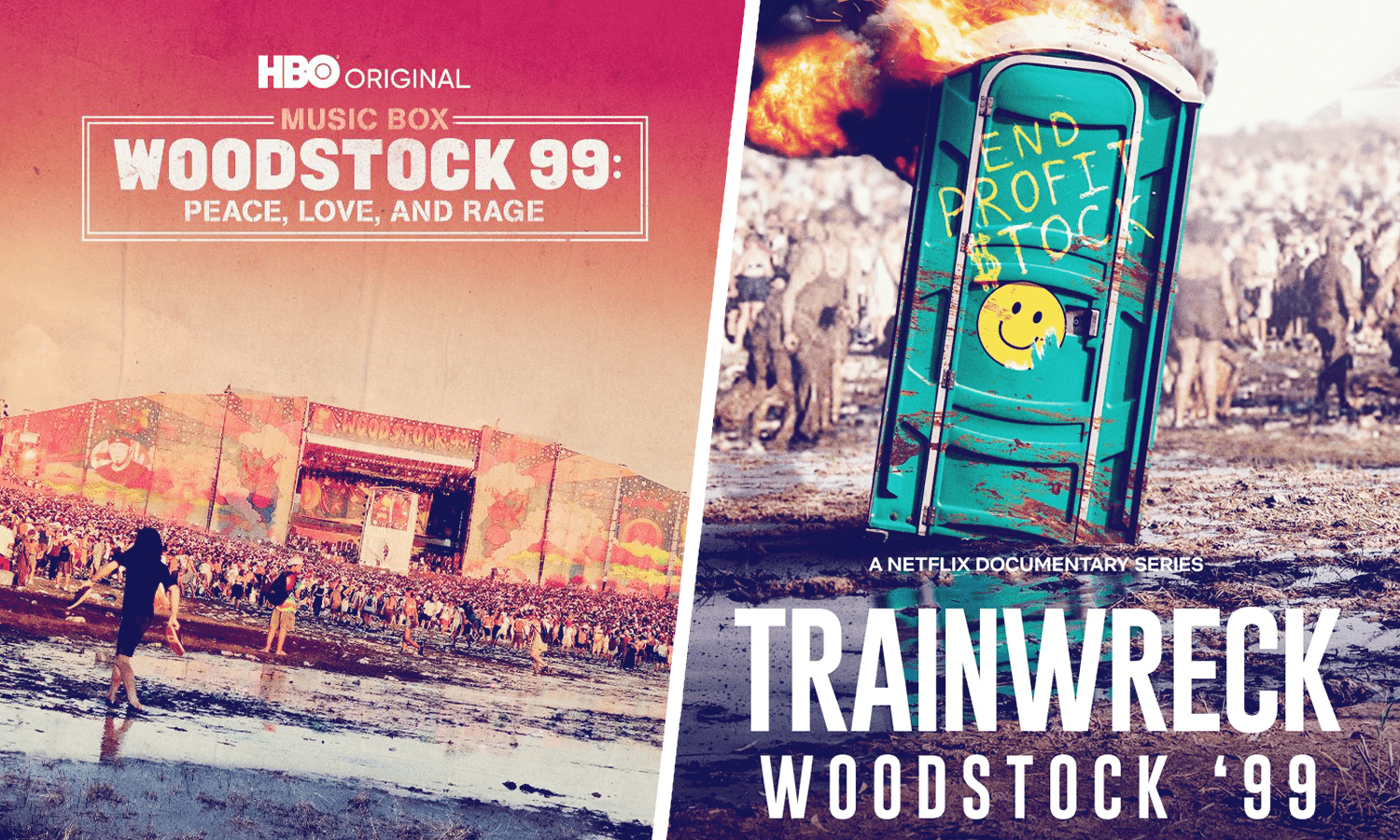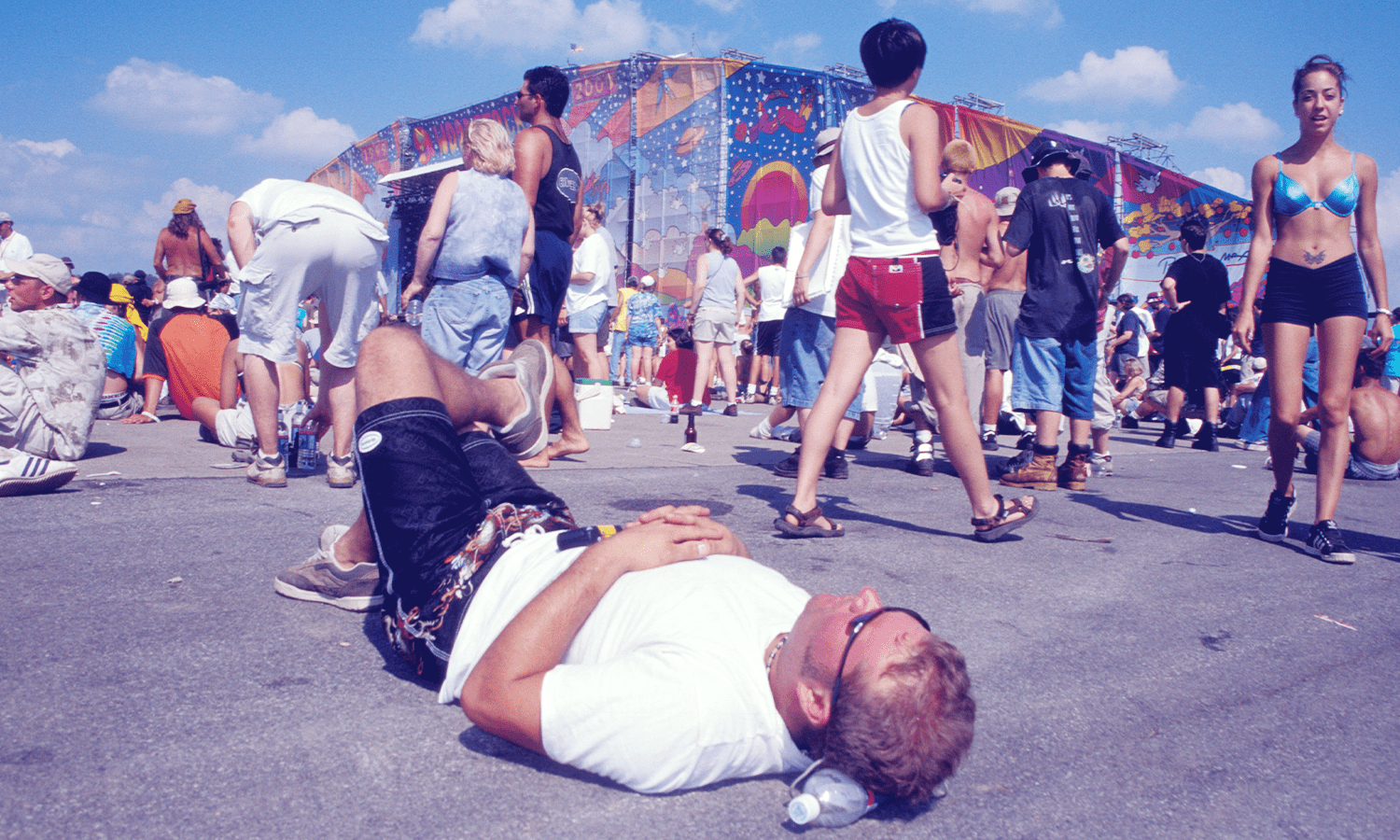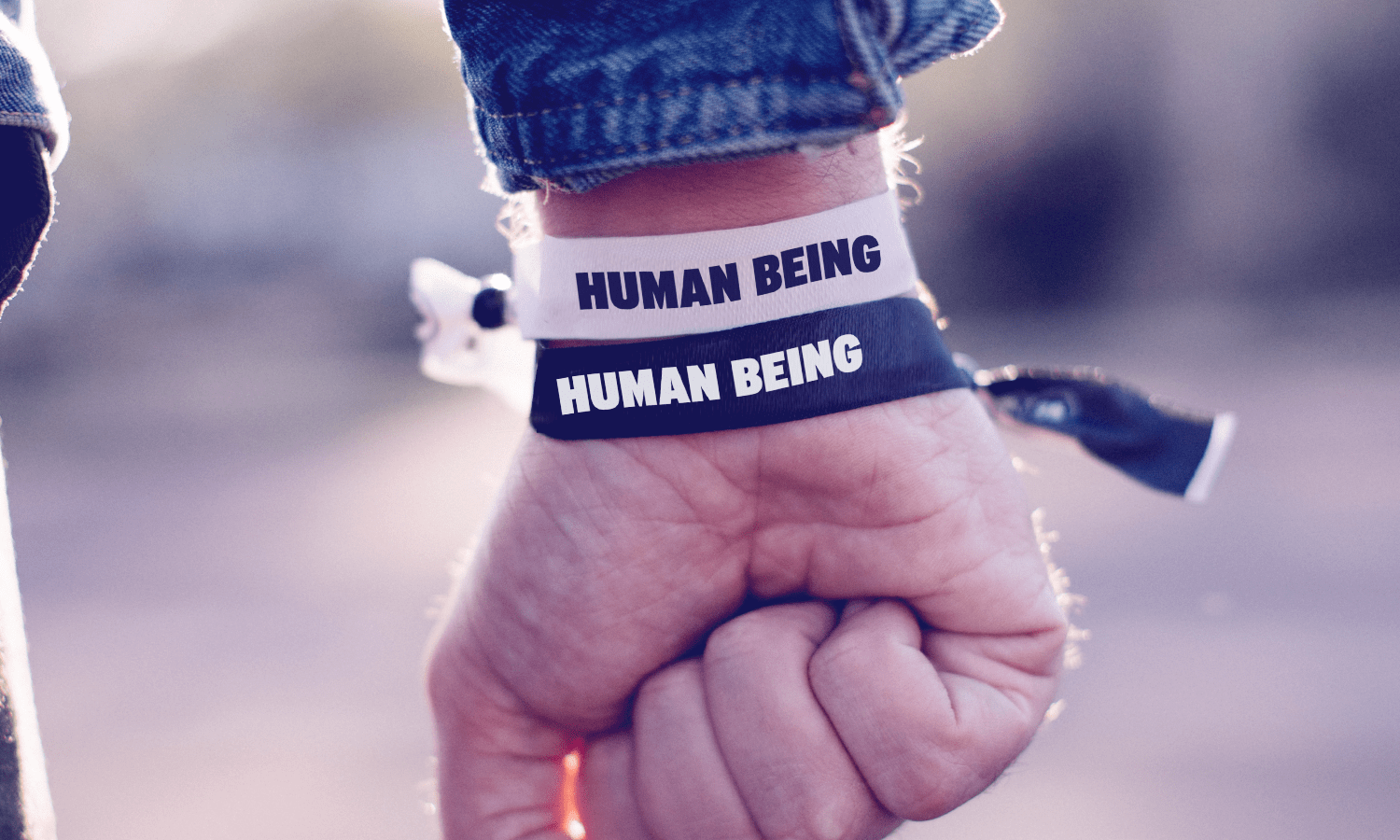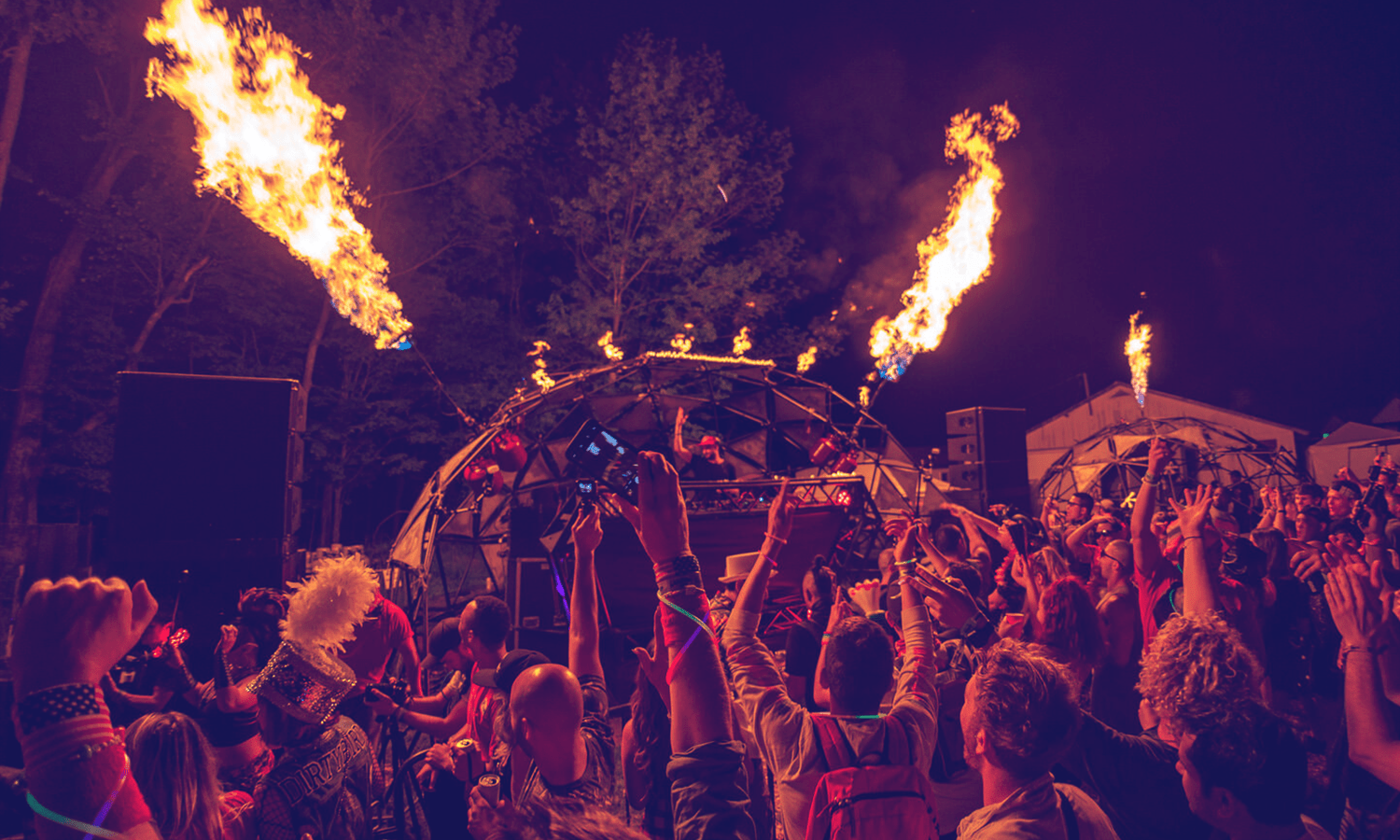Rage against the greed: Experiential lessons from the Woodstock ’99 documentaries

Which music festival do you think of when you hear Woodstock? Your perception of the event may be colored differently depending on your generation. That’s right, I’m “talkin’ bout your generation,” cue The Who. Most of us — from Boomers to Gen Z — imagine the historic Woodstock ’69 festival, with its ethos of peace, love and music, and performances from legendary artists like Janis Joplin and Jimi Hendrix.
Now, fast forward three decades to when the sticky-fingered co-founders of the original festival decided to run a victory lap with Woodstock ’99 on the former Griffiss Air Force Base in Rome, NY. This “music festival” (if you can even call it that) was mostly forgotten, except by the Gen Xers who were there or heard stories around the quad from those who survived the experience.
That is, until two streaming platforms decided to bring the horrors of one weekend in July 1999 back into the spotlight and reexamine WTF happened from a post-#MeToo vantage point. In July of 2021, HBO released a nearly two-hour documentary, Woodstock ’99: Peace, Love, and Rage. Then, this past August, Netflix released a three-episode docu-series, Trainwreck: Woodstock ’99.
Thanks to these descriptive and terrifying titles, my interest was piqued. What happened?
A festival that had once preached peace, transformed by rage.
In 1999, Carson Daly was America’s musical gatekeeper with a sea of screaming fans outside Total Request Live’s daily tapings in Times Square. It was also the time of a stark inflection point in mainstream music, as pop artists like Britney Spears, *NSYNC, and the Backstreet Boys took MTV’s airways away from (mostly) angsty (white) male rock acts like Metallica, Red Hot Chili Peppers, Kid Rock and Rage Against the Machine.
Personally, I was seated in front of my parents’ television set in the suburbs of New Jersey, toggling between VH1 and MTV and soaking it all up. (To paint the full picture, I was likely wearing a navy blue Old Navy tech vest. A true vision.)
Both films noted the inherent frustration pulsing through the crowd. The festival booked acts that appealed to those entrenched in early 90s culture — rock and roll, grunge and rage — a direct contrast to the bubblegum pop taking over the airwaves. The opportunity to party and mosh in a jam-packed crowd to Limp Bizkit was a good time, in theory. But the existing frustration, compounded with the conditions of the three-day music festival, drove the festivalgoers from a state of arguably healthy frustration to an outfit of rage.
Let’s explore some of the details.
#Woodstock99 im watching this with literal tears in my eyes from gasping and laughing once more. pic.twitter.com/jk2wAKiQSo
— Moderna Mamí (@Khaleesi_OfNaps) September 24, 2022
What did the production staff do well? Anything?
The event was easy to promote. It carried the Woodstock brand name, coupled with a lineup of icons and the promise to revive the city of Rome. Both docs highlighted that Joe Griffo, Rome’s mayor in 1999, supported the festival as an effort to boost morale (and the local economy) after the Air Force base closed.
From a bird’s-eye view here’s what Woodstock ‘99 had going for it:
- Three days of packed programming featuring well-established musicians
- A location that could accommodate two main stages, 200k attendees and campgrounds
- Peace patrol (security guards) hired to ensure safety
- Concession vendors
However, once fans arrived, their pre-existing anger was exacerbated into rage. Let’s dive deeper into the conditions that actualized.
Recently watched two documentaries on Woodstock 99 and the victim blaming, deflecting and lack of accountability from the event promoters is unreal. #Woodstock99 pic.twitter.com/8JX3F8JVpo
— Kleck (@Kleckage) September 20, 2022
What went wrong? Is it too bold to say… everything?
- The infrastructure: A former Air Force base — an inescapable asphalt jungle, with minimal shade — is no place to host a multi-stage, multi-day festival with campgrounds.
- The price gouging: Organizers signed a contract that (allegedly!) outsourced food and beverage service, giving them no control over prices. Cue the $4 water bottle (which would be $7 today with inflation).
- The sh*t: Both docs highlighted how poor sanitation created health issues — notably, festival goers rolling around in feces-laden water that they thought was mud.
- The “peace patrol”: Onsite security was nothing short of embarrassing. Volunteer officers, many of whom registered just for the free ticket, were under-trained and grossly outnumbered. Many ended up quitting en masse.
- The programming: The talent was a roster full of iconic rock acts — like Limp Bizkit, Rage Against the Machine and Metallica — known for hyping their crowds, encouraging moshing, and even inciting violent behavior. Do these acts align with Woodstock’s ethos of music and peace?
- The weather: Okay, so we know we can’t control the weather, but the festival dates were July 23 through July 25 in New York.
The thing that concerns me the most about #trainwreckwoodstock99 is thay they keep calling these grown ass adults Kids. #Woodstock99
— The New Era Podcast (@TheNewEraPod) September 21, 2022
Five takeaways for today’s experiential pros
- Work with partners you trust: Every vendor has their own interests, but this shouldn’t prevent you from working together. Instead, let it fuel transparent conversations — share respective goals, and ensure there are plans in place to enable each party’s definition of success.
- Create a rain plan: If we learned anything from Alanis Morrisette, it’s that you should plan for it to rain on your wedding day. You’ll never regret the time and money you invest in circumstantial what-ifs.
- Promote safety: Build assistance locations for everything from medical support to a respite from the sun. And, though it’s costly, consider creating a custom festival app as a direct line of communication with guests.
- Location, location, location: What do iconic shows from Breaking Bad to Sex & the City have in common? Their locations act as a strong character within their narratives. How will the location of your event act as a character to enrich your guests’ experience? What will your location say about your event?
- Consider your audience: Who do you want to attend your event? Prior to booking anything, create personas of your ideal guests. What do they drink? How do they act? What do they care about? What do they wear?
Watching these two documentaries on woodstock 99 is crazy what went down people destroying stuff roaming around on the ground where there was shit they thought it was mud like they went ham crazy @hbomax @netflix #Woodstock99 pic.twitter.com/zetQ3rGoVS
— Richard Santos (@SantosRichard90) September 25, 2022
One of the documentaries’ major takeaways was the importance of festival programming. Recognizable talent draws an audience, but you must understand what makes their fans tick. If you want a festival full of peace-loving hippies, learn a lesson from Woodstock ’99 and don’t book Kid Rock and Rage Against the Machine.
Join us in XP Land. A community for experiential creatives and experience-makers, brand leaders and IP-owners, space stewards and venue visionaries — all of those in the business of epic gatherings and live, immersive storytelling.


